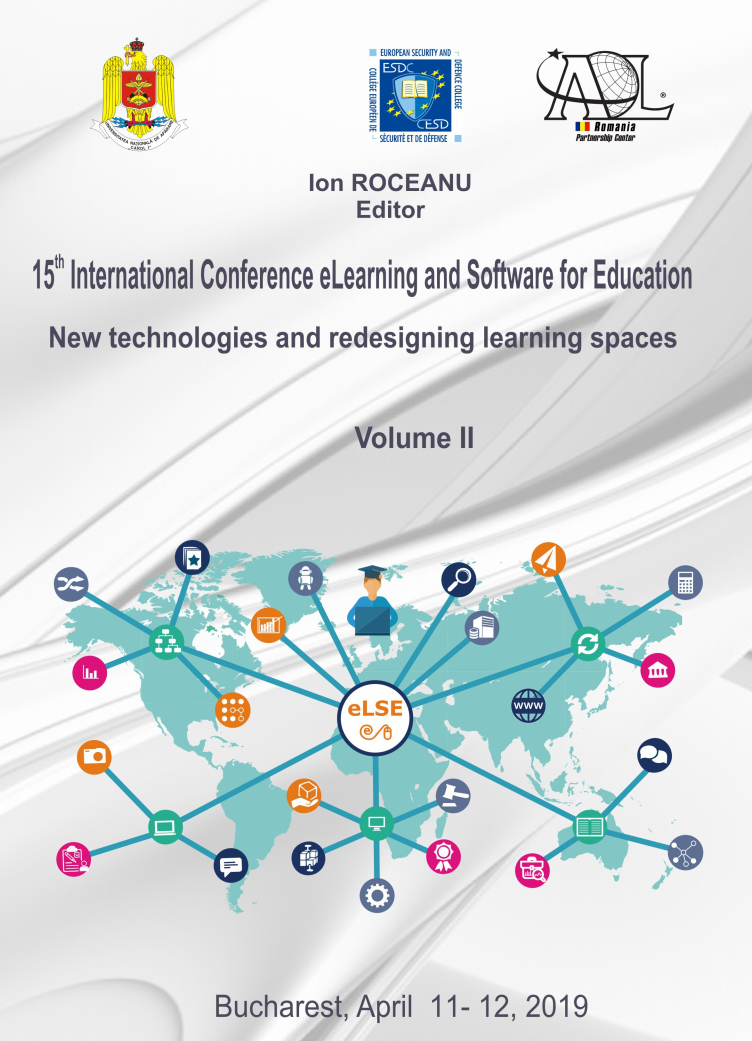Applying the principles of didactics to the e-learning teaching of astronomy and astrophysics
Applying the principles of didactics to the e-learning teaching of astronomy and astrophysics
Author(s): Afrodita Liliana BoldeaSubject(s): Social Sciences, Education, Higher Education
Published by: Carol I National Defence University Publishing House
Keywords: e-learning method; Observational astronomy; Principles of Didactics
Summary/Abstract: The recent development of the Internet, associated with the new facilities for dissemination of scientific information in the world, have produced a deep change in the approach and the learning of some scientific fields. Teaching principles are general, systemic, normative and open concepts that underpin the attainment of educational objectives and govern the design, organization and conduct of teaching. In this paper it will exemplify the application of Principles of Didactics in the teaching of Computational Astronomy and Astrophysics. For perfect organization and development of the educational process, the teacher should observe and apply the correct principles of teaching with using modern teaching methods. The informal environment of the Observational Astronomy represents a significant reservoir of knowledge and can be a major source of innovation for new methods of teaching and learning sciences in schools and universities. In this context, the paper presents some informal e-learning methods, adapted for teaching and learning the Observational and the Computational Astronomy and tested recently on groups of students from University of Craiova. The finality of the experiment was to insert the students directly into some hot topics of astronomical research, starting only with the basically knowledge derived from astronomy and astrophysics popularisation sites and studying in small interactive autonomous groups. The role of the teacher was reduced to a long distance documentation selector and at a mediator between divergent approaches of different groups or different interpretation of astronomy notions. The methodology used was characteristically to the On-line Enriched (Driver) Model from E-learning, where the learning process is largely delivered on-line, with only rare periodically physical contact with a teacher. The approach, derived from Inquiry-Based Learning (IBL) philosophy, included three steps: a formalization of some recent problems in Astronomy, with a continuous feed-back inside the testes group of students, an extended individual documentary research, based on the virtual lab principle, and a final analysis of the results of this investigation, when the students were asked to propose and sustain a planning of lessons in astronomy for teaching the studied concepts and facts to secondary level scholars.
Journal: Conference proceedings of »eLearning and Software for Education« (eLSE)
- Issue Year: 15/2019
- Issue No: 02
- Page Range: 26-31
- Page Count: 5
- Language: English

